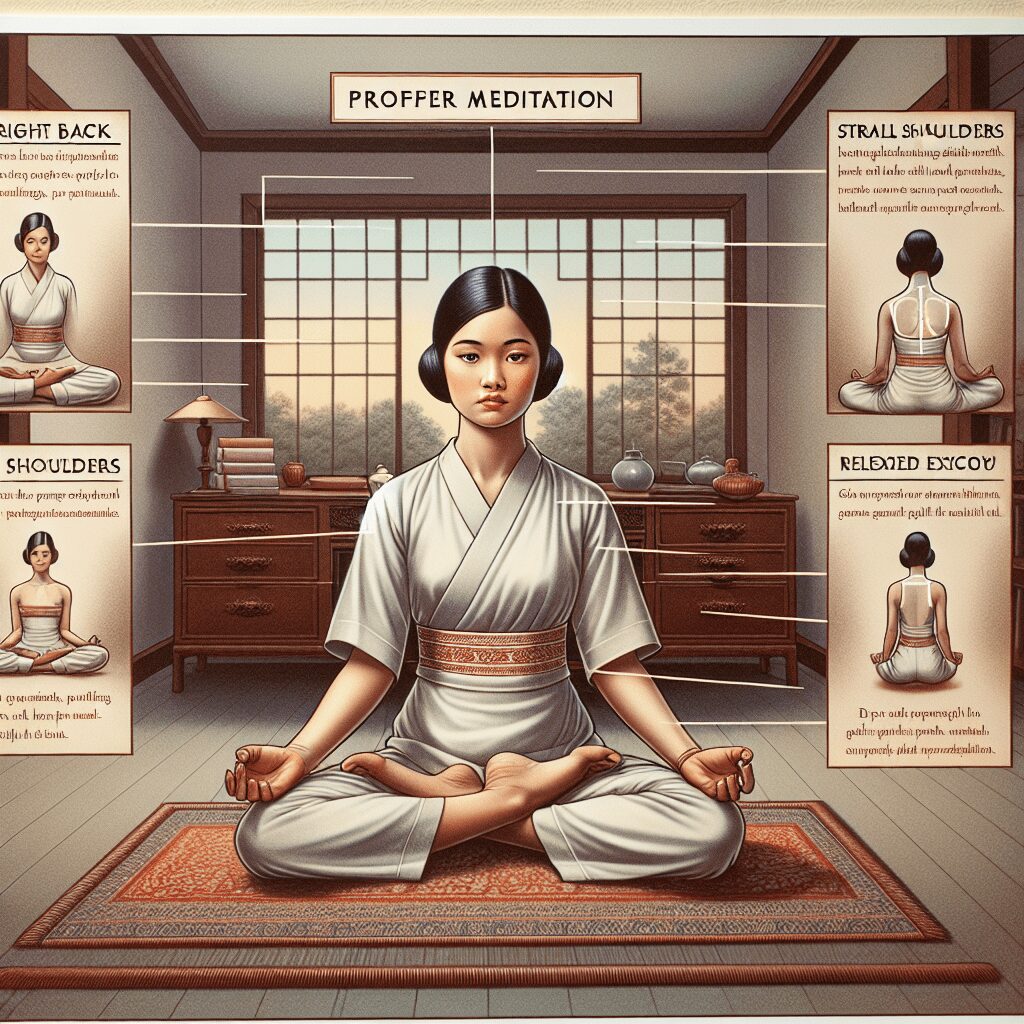
Prioritize your mental well-being daily. Enhance your life by nurturing your mental health with the Smart Meditation app. Break free from stress, alleviate anxiety, and enhance your sleep quality starting today.
What Will Happen When I See A Counselor For Anxiety And Depression?
Venturing into the Unknown: Your First Counselling Session
Embarking on the journey of therapy, especially if it’s your first time, can feel like stepping into uncharted territory. It’s akin to exploring a new city without a map – thrilling yet nerve-wracking. You’re about to uncover parts of your mind’s landscape you’ve never ventured into before, guided by a professional counselor. But hey, fear not! It’s less about opening Pandora’s box and more about discovering a treasure chest of self-knowledge and coping strategies. Let’s demystify what happens when you see a counselor for anxiety and depression, transforming apprehension into anticipation.
Laying the Groundwork: First Impressions and Setting the Stage
Upon your first meeting, it’s all about breaking the ice and setting the stage for future sessions: Building Rapport: Your counselor will likely start with a warm-up, helping both of you get comfortable. Imagine two strangers starting a potentially life-changing conversation; that’s the vibe. Understanding the Framework: They’ll explain how sessions typically go, confidentiality clauses, and how they approach therapy. It’s like glancing at the menu before you order. Sharing Your Story: You’ll be gently invited to share what’s been going on, what brought you to therapy, and what you hope to achieve. Think of it as painting a picture of your current mental landscape.
Navigating the Terrain: The Heart of the Matter
As sessions progress, you and your counselor will delve deeper into your experiences of anxiety and depression. This journey involves a few key processes: 1. Unpacking Your Baggage: Together, you’ll explore the thoughts, emotions, and events contributing to your anxiety and depression. It’s akin to unpacking suitcases after a long trip, sorting through what you’ve brought back. 2. Identifying Patterns: Recognizing recurring themes or behaviors that fuel your distress. Like connecting the dots in a complex puzzle, this step is crucial for understanding the bigger picture. 3. Skill-Building: Equipping you with strategies to manage symptoms and navigate challenges. From practical exercises to mindfulness techniques, it’s about adding tools to your mental health toolkit. 4. Setting Goals: Collaboratively defining what you hope to achieve through therapy. Goals can range from improving daily functioning to addressing specific fears or concerns.
Embracing the Journey: Overcoming Hurdles with Resilience
Embarking on therapy is not always a smooth sail. It’s more of a roller-coaster ride with its ups and downs. However, the bumps along the way are part of the journey toward healing and understanding. Here are some pointers to keep in mind: Patience is Key: Progress takes time and patience. Remember, Rome wasn’t built in a day, and neither is emotional resilience. Communication is Crucial: Open and honest communication with your counselor builds a strong foundation for effective therapy. Don’t hesitate to voice concerns or preferences. Every Step Counts: Celebrate the small victories along the way. Each insight gained and the strategy learned is a step closer to reclaiming your mental wellbeing.
The Light at the End of the Tunnel
Seeing a counselor for anxiety and depression opens the door to a journey of self-discovery, healing, and empowerment. It’s about unpacking the burdens you’ve carried, understanding the landscape of your mind, and learning to navigate life’s challenges with newfound strategies. So, while the thought of starting therapy may seem daunting, remember that it’s a courageous step toward a brighter, more manageable future. Let the adventure begin!





